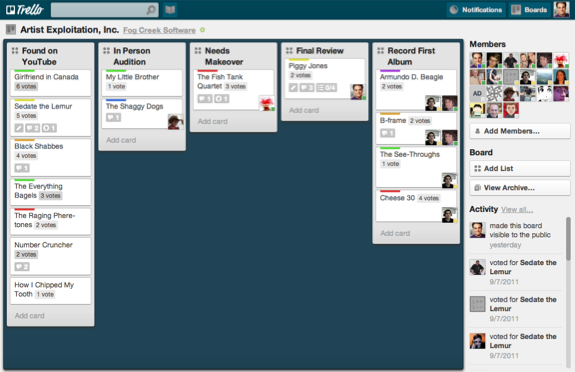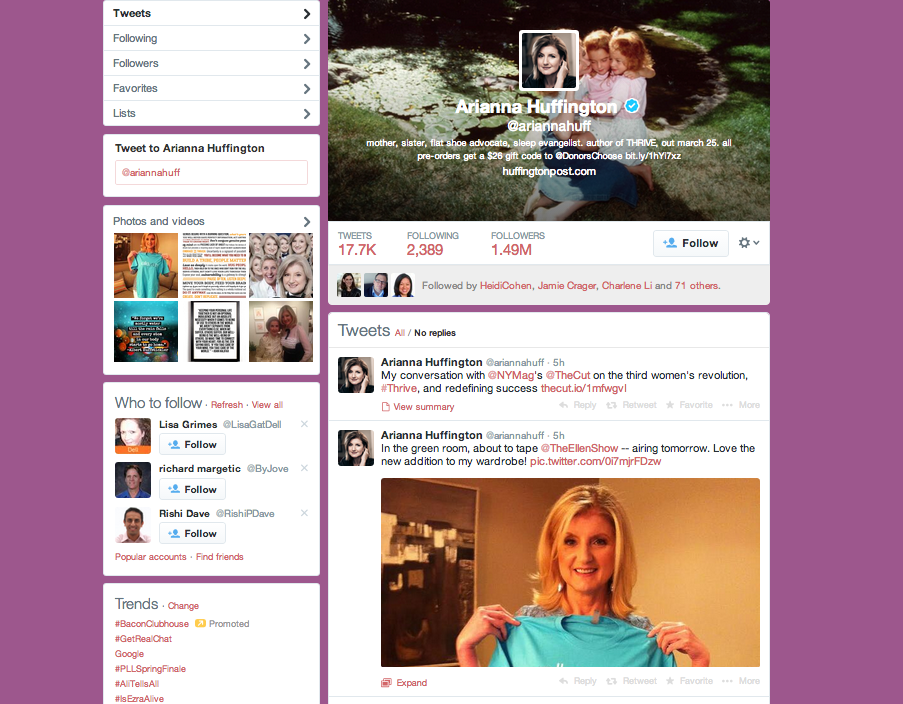For better or for worse – social media has permanently changed the way humans interact. As a result, nearly every mid-sized to enterprise company is looking at using this social shift to improve workplace productivity and engagement. If you are tasked with an internal communications role of any kind, you have probably considered using a social network for your organization. Where do you start when you’re looking for a social networking tool?
As I have often suggested in my other blog posts, start by identifying the “why” behind the tech.
Tech is a tool that facilitates. It amplifies your efforts, connects you to more people, and expedites your process. But the tool doesn’t generate something from nothing.
You must begin by defining your requirements then evaluating a tool based on your requirements. A vice versa process often leads to implementing a tool that ultimately does not meet your business objectives. We recommend the following strategy for selecting a social network:
- Identify your primary goals and needs.
- Define your expectations for implementing a social platform.
- Prioritize available features and benefits.
- Lastly, start reviewing the technology that can help facilitate a social conversation in your organization.
Enterprise social networks
While Yammer is the clear leader in the enterprise social network space (now owned by Microsoft and integrated into their massive conglomerate of productivity tools), it’s no longer the only option.
 Yammer: Yammer is a corporate-controlled, private social network that looks and behaves a whole lot like Facebook. Companies who implement Yammer are looking for “the social thread” that will connect their desktop employees by facilitating conversations, discussion, and idea generation outside of email. A corporate email address is required for entry into your organization’s private network. Yammer now integrates with other Microsoft systems (Skydrive, Outlook, etc.) for a seamless experience for the corporate desktop worker.
Yammer: Yammer is a corporate-controlled, private social network that looks and behaves a whole lot like Facebook. Companies who implement Yammer are looking for “the social thread” that will connect their desktop employees by facilitating conversations, discussion, and idea generation outside of email. A corporate email address is required for entry into your organization’s private network. Yammer now integrates with other Microsoft systems (Skydrive, Outlook, etc.) for a seamless experience for the corporate desktop worker.
Honey: If Yammer is the white collar, corner office, navy-suit-every-day guy, Honey is your artsy, hipster, French-pressed-coffee-chugging friend who is always more obsessed with style than performance. Honey’s welcoming homepage and sleek interface instantly make you feel like you may actually be engaging in something fun at work. Like Yammer, Honey is designed to facilitate conversations and teamwork. But Honey does this with fewer features and less hassle.
Others to consider: Chatter, Tibbr, Socialcast, and Jive.
Collaboration and productivity tools
If your main objective for implementing a social network focuses less on social and more on project management, you should steer away from an enterprise social network. Collaboration and productivity tools are somewhat social and they add an interesting layer to this conversation. They can be extremely useful as a project communication tool. Here are a two of our favorites.
 Trello: With a simple interface, and fully customizable organization through lists and boards, Trello has been on my list of favorite apps for years now. Trello acts like a virtual bulletin board – allowing you to click and drag tasks and projects into different categories and status points as you progress. By assigning tasks and utilizing @mentions, you can keep everyone in your team on track and working towards project completions.
Trello: With a simple interface, and fully customizable organization through lists and boards, Trello has been on my list of favorite apps for years now. Trello acts like a virtual bulletin board – allowing you to click and drag tasks and projects into different categories and status points as you progress. By assigning tasks and utilizing @mentions, you can keep everyone in your team on track and working towards project completions.
Basecamp: This ten-year-old productivity web app has become so popular and effective that 37Signals recently renamed their company “Basecamp” and ditched all of its other products to invest its future solely with this single product. For such a storied tech company to make such a bold decision about its future speaks volumes to the importance of apps that are in the business of running your business. Basecamp allows you to facilitate discussions, create to-do-lists, assign tasks, upload files for sharing, and even create a calendar of due dates. Their website boasts over 285,000 active customers in 2013; so if you need to connect geographically dispersed employees/contractors/freelancers for desktop collaboration, this should definitely be on your list for consideration.
Others to consider: Asana, Jira, and Huddle.
Personal social platforms
If you’re not quite ready to make the leap or the investment into enterprise social networking, you may consider utilizing the socials platforms that your employees are already using on a personal level. Here are a few ways we’ve seen employers utilized personal social platforms to engage and communicate with employees.
 Facebook: Creating private Facebook groups and message threads remains a popular (yet unofficial) way of communicating amongst employees. The Facebook native app works great on mobile and in a browser, and it requires no investment from you as the employer. Since most of your employees are likely on Facebook already, communicating requires little to no training on the technology
Facebook: Creating private Facebook groups and message threads remains a popular (yet unofficial) way of communicating amongst employees. The Facebook native app works great on mobile and in a browser, and it requires no investment from you as the employer. Since most of your employees are likely on Facebook already, communicating requires little to no training on the technology
However, posts on Facebook are not easy to monitor, and as the employer, it’s easy to lose control of such a public conversation. Employees are required to link to the groups through their personal Facebook accounts, and there is no way to connect these groups to any internal enterprise systems.
Twitter: Using Twitter to foster internal communications is really not a viable option. Yes, you can use hashtags to aggregate conversations around specific topics, but tweets are public, authenticated through personal accounts, and like Facebook, posts are largely uncontrollable.
Perhaps the best way to use Twitter to boost your employee communications and engagement is to have key executives from your organization tweeting personal and professional messages on a regular basis. Some top execs that do a great job of this include: Richard Branson, Arianna Huffington, and Kevin Rose. Through Twitter, they add a level of personality and provide a platform for replies and instant communications.
Where does Red e App fit in?
 By facilitating peer-to-peer, top-down, and bottom-up communications, Red e App provides a much more inclusive enterprise social community that truly connects all employees in your organization. A Red e App community reaps the benefit of connecting employees while the organization maintains control and reduces their risk.
By facilitating peer-to-peer, top-down, and bottom-up communications, Red e App provides a much more inclusive enterprise social community that truly connects all employees in your organization. A Red e App community reaps the benefit of connecting employees while the organization maintains control and reduces their risk.
Yammer, Honey, Trello, Basecamp, and nearly every other company in this space is building for the desktop worker and requires a corporate email address for authentication. Their target user is primarily seeking a social network for collaboration.
What about the 60% of our national workforce that does not sit at a desk all day? These platforms exclude anyone who lacks a corporate email address as well as those people using a mobile device as their personal computer (numbers which are growing every day).
A Red e App community is ideal for non-desk workers. They are not seeking collaboration or project management tools. Non-desk workers need access to documents important to their daily job (schedules, operating procedures, benefits, and handbooks) and want to feel connected to the company culture via corporate messaging.
Does your organization utilize a social network or collaboration platforms? Share your use cases with me @_hannahbeasley.
Hannah Beasley
Client Development


